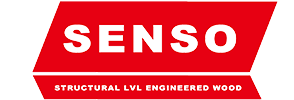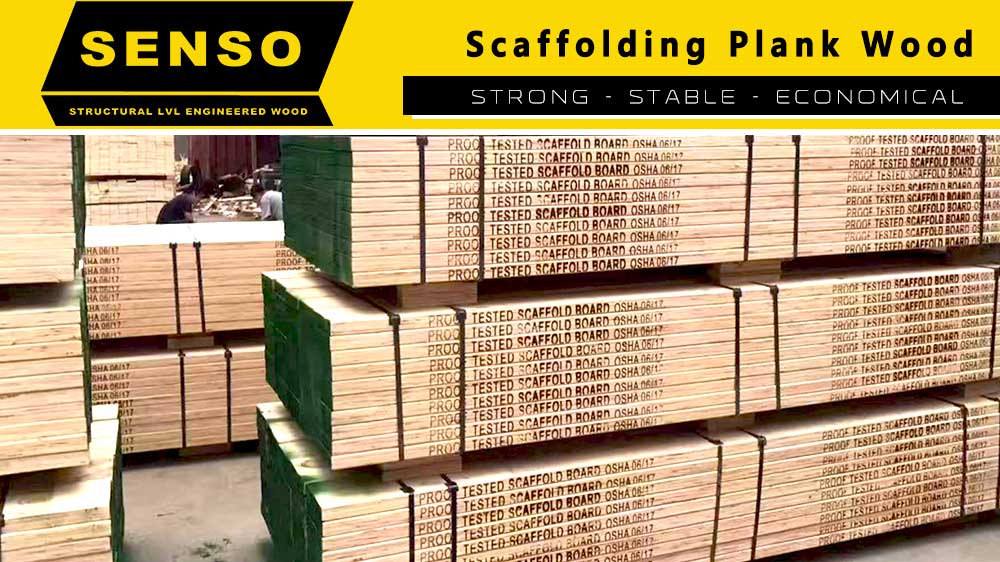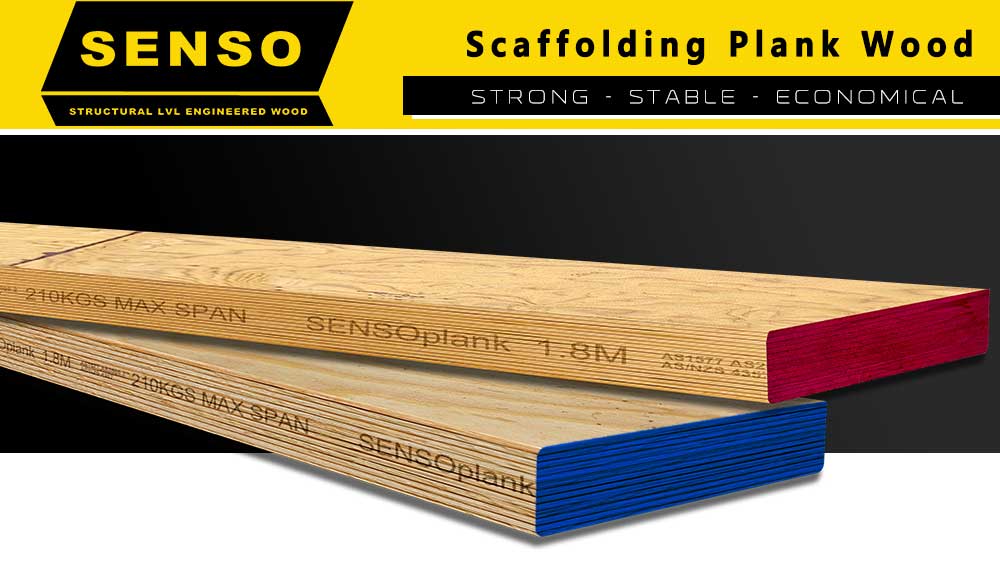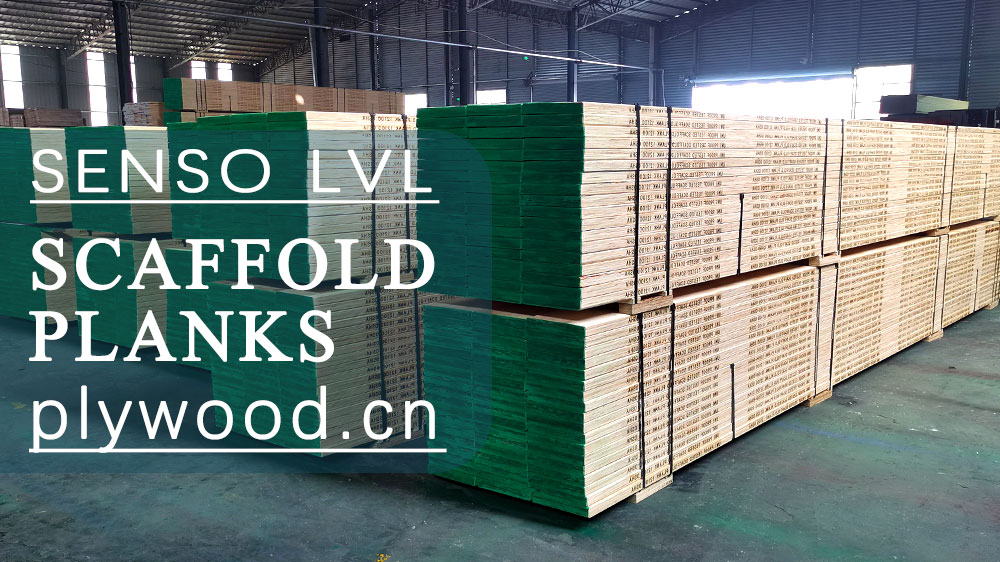Scaffolding Boards: Essential for Safe and Efficient Construction
Scaffolding boards are a fundamental component in the construction industry, providing a stable and secure platform for workers to perform their tasks at elevated heights. These boards are designed to support the weight of workers and their equipment, ensuring safety and efficiency on construction sites. Whether referred to as scaffold boards, scaffold board, scaffolding planks, or scaffold boards for sale, these versatile and durable boards play a critical role in construction projects.
Understanding Scaffolding Board
Scaffolding boards are flat wooden or metal planks used to create a working platform on scaffolding structures. They are typically made from high-quality timber, such as European whitewood or southern yellow pine, which are known for their strength and durability. Metal scaffold boards, often made from steel or aluminum, are also available and offer additional benefits such as fire resistance and longer lifespan.
The primary purpose of scaffolding boards is to provide a safe and stable surface for construction workers. These boards must meet stringent safety standards and load-bearing capacities to ensure they can support the weight of multiple workers and their tools. Properly maintained and regularly inspected scaffolding boards are essential to preventing accidents and ensuring a secure working environment.
Key Features of Scaffolding Boards
Durability and Strength
Scaffolding boards are designed to withstand heavy loads and harsh environmental conditions. Timber scaffold boards are treated to resist moisture, decay, and insect damage, ensuring they remain strong and durable over time. Metal scaffold boards offer superior strength and are resistant to bending, warping, and corrosion, making them ideal for long-term use.
Versatility
Scaffolding boards come in various sizes and thicknesses to accommodate different scaffolding systems and construction needs. Standard sizes typically range from 38mm to 63mm in thickness and 225mm in width, with lengths varying to suit specific project requirements. This versatility makes scaffold boards suitable for a wide range of applications, from residential building projects to large-scale commercial construction.
Safety Features
To enhance safety, scaffolding boards are often equipped with end bands or metal plates to prevent splitting and damage. Non-slip surfaces or coatings may also be applied to reduce the risk of slips and falls, providing additional security for workers. Regular inspections and maintenance are crucial to ensuring the integrity of scaffolding boards and maintaining a safe working environment.
Choosing the Right Scaffolding Boards
Selecting the appropriate scaffolding boards for your construction project is essential to ensuring safety and efficiency. Several factors should be considered when choosing scaffold boards, including the type of material, load-bearing capacity, and compliance with safety standards.
Timber vs. Metal Scaffold Board
Timber scaffold boards are a popular choice due to their natural strength, flexibility, and ease of handling. They are typically lighter than metal boards, making them easier to transport and install. However, timber boards require regular maintenance to prevent decay and damage.
Metal scaffold boards, on the other hand, offer superior durability and longevity. They are resistant to fire, moisture, and pests, making them suitable for use in various environmental conditions. While metal boards are generally heavier and more expensive than timber boards, their extended lifespan and low maintenance requirements can provide long-term cost savings.
Load-Bearing Capacity
The load-bearing capacity of scaffolding boards is a critical factor in ensuring worker safety. Boards must be able to support the weight of multiple workers and their equipment without bending or breaking. It is important to choose scaffold boards that meet the specific load-bearing requirements of your project and comply with industry safety standards.
Compliance with Safety Standards
LVL Scaffolding boards must adhere to strict safety standards and regulations to ensure their suitability for use on construction sites. These standards, such as those set by the British Standards Institution (BSI) or the Occupational Safety and Health Administration (OSHA), outline the minimum requirements for the design, manufacture, and testing of scaffold boards. Ensuring that your scaffold boards meet these standards is essential for maintaining a safe working environment.
Maintenance and Inspection of Scaffolding Boards
Regular maintenance and inspection of scaffolding boards are crucial to ensuring their continued safety and effectiveness. Timber scaffold boards should be inspected for signs of wear, such as cracks, splits, or warping, and replaced if necessary. Metal scaffold boards should be checked for corrosion, dents, and other damage that could compromise their integrity.
Proper storage of scaffolding boards is also important to prevent damage and prolong their lifespan. Timber boards should be stored in a dry, well-ventilated area to prevent moisture absorption and decay. Metal boards should be kept away from corrosive substances and stored in a clean, dry environment.
The Importance of Scaffolding Boards in Construction
Scaffolding boards play a crucial role in ensuring the safety and efficiency of construction projects. These boards provide a reliable platform for workers to perform their tasks, enabling them to reach elevated areas and carry out their duties with confidence. The use of high-quality scaffold boards is essential to minimizing the risk of accidents and injuries on construction sites.
Enhancing Worker Safety
Worker safety is a top priority on any construction site, and scaffolding boards are key to achieving this. By providing a stable and secure surface, scaffold boards help prevent falls and other accidents that could result in serious injuries. The use of scaffold boards with non-slip surfaces further enhances safety by reducing the likelihood of slips and falls, especially in wet or icy conditions.
Improving Efficiency
Scaffold boards not only contribute to worker safety but also improve overall efficiency on construction sites. With a solid and stable platform, workers can move freely and carry out their tasks more quickly and effectively. This increased efficiency can lead to faster project completion times and reduced labor costs, making scaffold boards a valuable investment for construction companies.
Types of Scaffolding Boards
Scaffolding boards are available in various types, each offering distinct advantages depending on the specific needs of a construction project. The main types of scaffold boards include timber, metal, and composite boards.
Timber Scaffold Board
Timber scaffold boards are the most commonly used type of scaffold board. They are made from high-quality wood, such as European whitewood or southern yellow pine, which provides excellent strength and durability. Timber boards are lightweight and easy to handle, making them a popular choice for many construction projects. However, they require regular maintenance to prevent decay and damage.
Metal Scaffold Boards
Metal scaffold boards, typically made from steel or aluminum, offer superior strength and longevity compared to timber boards. They are resistant to fire, moisture, and pests, making them suitable for use in various environmental conditions. Metal boards are also less likely to bend or warp, ensuring a stable and secure platform for workers. While metal boards are generally heavier and more expensive than timber boards, their durability and low maintenance requirements can provide long-term cost savings.
Composite Scaffold Boards
Composite scaffold boards are made from a combination of materials, such as wood fibers and plastic. These boards offer a balance of strength, durability, and ease of handling. Composite boards are resistant to moisture, decay, and pests, making them a low-maintenance option for construction sites. They are also lightweight and easy to transport, making them a convenient choice for many projects.
Scaffolding Boards for Sale
When looking for scaffold boards for sale, it is important to consider the specific needs of your construction project. Factors such as material, size, load-bearing capacity, and compliance with safety standards should all be taken into account to ensure you choose the right scaffold boards for your needs.
Finding the Right Supplier
Choosing a reputable supplier is essential to ensuring you receive high-quality scaffold boards that meet industry standards. Look for suppliers with a proven track record of providing reliable and durable scaffolding boards. It is also important to consider factors such as delivery options, pricing, and customer service when selecting a supplier.
Assessing Quality
When purchasing scaffold boards, it is important to assess their quality to ensure they meet the necessary safety standards. Inspect the boards for any signs of damage, such as cracks, splits, or warping. For timber boards, check for proper treatment to resist moisture and decay. For metal boards, ensure they are free from corrosion and other defects that could compromise their integrity.
Maintenance and Inspection Practices
Proper maintenance and regular inspection of scaffolding boards are crucial to ensuring their continued safety and effectiveness. By following best practices for maintenance and inspection, construction companies can extend the lifespan of their scaffold boards and maintain a safe working environment.
Maintenance Tips
For timber scaffold boards, it is important to store them in a dry, well-ventilated area to prevent moisture absorption and decay. Regularly inspect the boards for signs of wear and damage, and replace any boards that show signs of splitting, warping, or other defects. For metal scaffold boards, keep them away from corrosive substances and store them in a clean, dry environment. Inspect metal boards for dents, corrosion, and other damage that could affect their strength and stability.
Inspection Procedures
Regular inspections of scaffolding boards should be conducted to ensure they remain in good condition. Inspections should include checking for any signs of damage or wear, such as cracks, splits, or warping in timber boards and corrosion or dents in metal boards. Any damaged boards should be removed from service and replaced to maintain a safe working environment.
Benefits of High-Quality Scaffolding Boards
Investing in high-quality scaffolding boards offers numerous benefits for construction companies, including improved safety, increased efficiency, and long-term cost savings. By choosing the right scaffold boards and maintaining them properly, construction companies can ensure a safe and productive working environment for their employees.
Enhanced Safety
High-quality scaffold board provide a stable and secure platform for workers, reducing the risk of falls and other accidents. This enhanced safety not only protects workers but also helps construction companies avoid costly accidents and potential legal liabilities.
Increased Efficiency
With a solid and reliable platform, workers can carry out their tasks more efficiently, leading to faster project completion times and reduced labor costs. High-quality scaffold boards contribute to a smooth and efficient workflow, making them a valuable asset for construction projects.
Long-Term Cost Savings
While high-quality scaffold boards may come at a higher initial cost, their durability and low maintenance requirements can result in significant long-term cost savings. By investing in durable and reliable scaffolding planks, construction companies can reduce the need for frequent replacements and repairs, ultimately saving money over time.
Scaffolding Boards: Essential for Safe and Efficient Construction
Scaffolding boards are an essential component in the construction industry, providing a safe and stable platform for workers to perform their tasks. Whether made from timber, metal, or composite materials, scaffold boards play a critical role in ensuring the safety and efficiency of construction projects. By choosing high-quality scaffold boards and maintaining them properly, construction companies can enhance worker safety, improve project efficiency, and achieve long-term cost savings.
FAQs (Frequently Asked Questions)
What are scaffold boards?
Scaffold boards are flat wooden or metal planks used to create working platforms on scaffolding structures. They provide a stable and secure surface for construction workers to perform their tasks at elevated heights.
What lumber is used for scaffolding?
Scaffold boards are typically made from high-quality timber such as European whitewood or southern yellow pine. These types of wood are known for their strength, durability, and resistance to decay.
Are scaffold boards cheaper than decking?
The cost comparison between scaffold boards and decking depends on the material and quality. Generally, scaffold boards can be more affordable than decking, especially when considering the specific requirements for strength and safety in construction.
Are scaffold boards strong?
Yes, scaffold boards are designed to be strong and durable. They are made from high-quality materials and must meet stringent safety standards to support the weight of workers and their equipment.
How heavy are scaffold boards?
The weight of scaffold boards varies depending on the material and size. Timber scaffold boards are typically lighter than metal scaffold boards. For example, a standard timber scaffold board measuring 38mm x 225mm x 3.9m can weigh around 16-18 kg, while metal boards may weigh more.
Post time: Jun-29-2024




